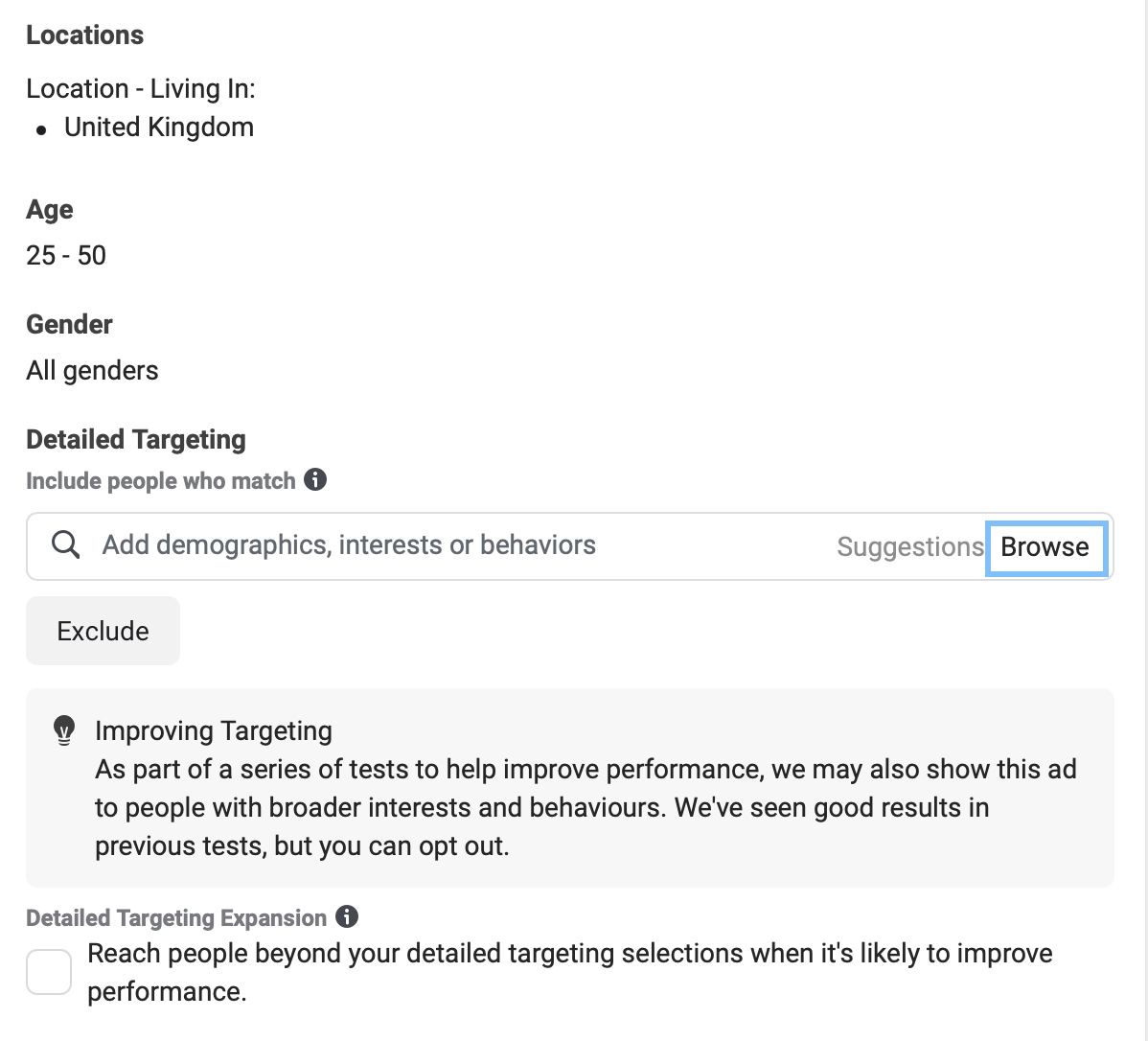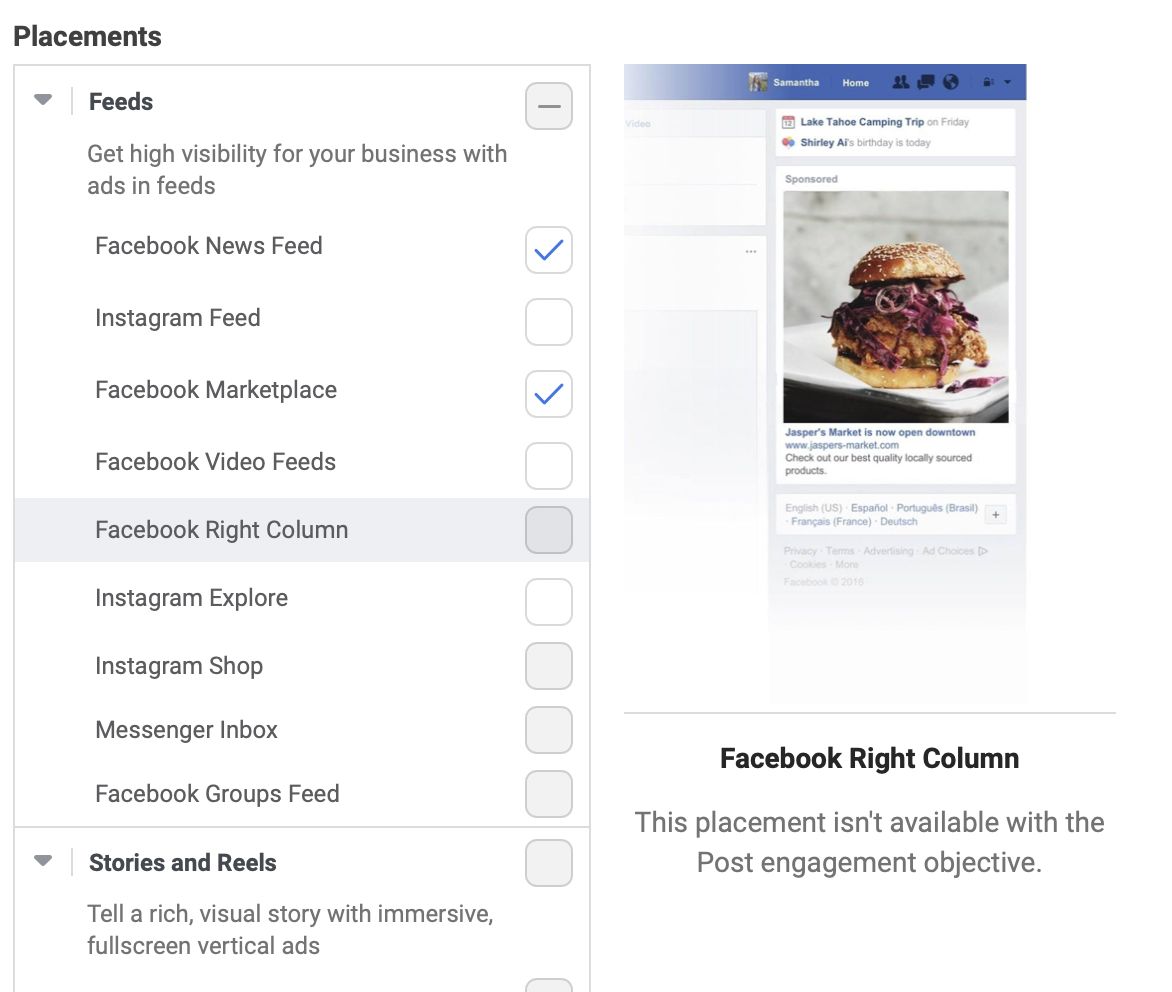Article
How to increase customers using Facebook Ads: Guide for pubs and restaurants

Driving traffic to your restaurant, bar or pub is an essential part of growing a profitable business. In the past restaurant marketing was done through flyers, radio or tv ads but that has changed in the last decade as digital marketing has taken over and for good reason. Traditional media produces 50% less interactions from customers compared to digital marketing which is a lot more targeted, affordable and efficient at delivering results.
That being said, Facebook Ads have their caveats. It can be extremely confusing and time consuming to do if you have never dived into the ad space before. In this guide we will be running you through how to set up your own adverts, how to measure performance and optimise content to get more customer traffic to your venue.
Getting started with Facebook ads for restaurants
Facebook Ads is one of the most powerful tools in any marketer's arsenal but luckily it's not only exclusive to the pros.
Step 1: Create a Facebook Business page

Before you jump into making adverts you will need a Facebook business account. You will also need to link this account to your venue's Facebook page. Just go to business.facebook.com/overview and click create account. Fill out the required information and you will be able to make a start with advertising.
An important thing to note is Facebook Ads also integrates with Instagram. To link your Instagram account just go to your Facebook page> page settings > Instagram and link your account. This will give you the ability to run adverts and even make posts across both platforms which only widens the reach of your business.
Step 2: Create a campaign
To begin creating your ad campaign you will need to go to your Facebook page> ad centre > tools > visit ad manager
What is a campaign?

An advertising campaign is a series of ad messages that share a single idea or theme, under a campaign you can have multiple adverts around an event or offer.
When you create a campaign it will prompt you to select an objective. The objective you choose acts as a goal that will tell Facebook how to run your campaign. Here is a run down of the most relevant objectives for restaurants
Store traffic
Store traffic is the most widely used objective by restaurants. This will help drive more foot traffic to your venue. This objective even lets you add a map card with directions to your site. When choosing this objective it's recommended that you target a more localised audience.
Brand awareness
Another objective worth considering is brand awareness. Whilst this does not directly drive in store traffic, it can boost visits over time by increasing the awareness of your brand. This objective focuses on driving engagement and showing your adverts to the most relevant people. This is a great option if you're just starting out and looking to increase follower lists with a smaller budget.
Reach
The reach objective is pretty self explanatory, it will optimise your ads to reach as many people as possible within the audience you are targeting. This can be a great option if you are running a limited time promotion.
Traffic
By selecting the traffic objective, Facebook will configure its algorithm to drive as many users to your website as possible. You might consider this if you are running a promotion on your website or want to show off your full menu.
Step 3: Setting up your ad set
What is an ad set?

An ad set consists of the settings that you want to use for your advert. This involves scheduling, budget and audience.
Setting your budget
Make sure to give your ad set a memorable name and have a play around with the ad budget. Your lifetime budget is the total spend for the campaign. This will be spread throughout the date range you want ads to be running. The minimum spend Facebook will expect is £26.
Luckily you don't have to be in the dark on whether or not the spend you have selected is enough. Facebook provides you with helpful graphs showing how your budget will be spent and the type of results you can expect to receive.

Step 4: Creating your audience ad set
This is the most important part of setting up your adverts. To get started click create a new audience > custom audience.
Once you have been running adverts for some time you can use a look-a-like audience which is actually quite clever. Facebook will analyse your previous ads and find similarities to target people who are the most likely to engage.

There is no right or wrong when it comes to selecting an audience. Its a balancing act of budget and audience size to maximise results bassed on your spend. There are literally 1000s of locations, interests and behaviors to choose from which is why Facebook ads are so powerful. So where do you start?
Remember the objectives we discussed before? The objective of your campaign goes hand in hand with your audience. Below is a breakdown of how to effectively pair your campaign goal with the right audience.
Increasing foot traffic
To increase foot traffic you will want to keep your audience size quite narrow. Keep the location local. People in your area are more likely to visit than someone all the way across the country. You can also select engaged shoppers in the behavior tab to target people who are most likely to make a purchase.
Who are your regulars? If you run a traditional pub your visitors might be on the older side. To keep your ads targeted select an appropriate age range.
Use interests to your advantage. Think carefully about the type of people who visit your venue and what they might be interested in. If your venue is right next to a golf course or in the heart of the business district you can select interests/job titles that match that demographic like Golf, business owner, assistant or people who are interested in restaurants.
Audience for brand awareness campaign
The audience when running a brand awareness campaign can be pretty broad however there is still a lot you can do to better optimise your ads to increase reach of your brand. By going into the behaviors tab > device use time and selecting the longest use time you can target the most engaged people on Facebook to increase the likelihood you receive follows or likes. Make sure to combine this with interests.
Audience for a reach campaign
A reach campaign is all about getting your page in front of as many people as possible. So your audience needs to reflect this. You can still keep it local if you would like but it's recommended you run a nationwide campaign highlighting as many relevant categories as possible. Make sure to go through the interests and job titles sections and highlight as many as you can, aiming for an audience between 500,000 to 1,250,000. Just remember the smaller budget the less people you will reach.
Audience for traffic campaign
A traffic campaign is the least relevant for pubs and restaurants but if you are looking to boost web traffic going to interests > shopping > online shopping is a good bet as it will target people most likely to view and shop on a website.
Once your audience is created you can save it for use in the future.
Step 5: setting up your adverts

Once you have created your ad set its time to set up your adverts but before you jump into the creative have a think about where you want your adverts to go. In the placement section simply highlight the channels where you want your ads shown. Newsfeed is your best bet but if you have an Instagram account it's worth selecting that channel too. You can select as many placements as you would like but with a smaller budget you are better off going with only a few. Right column and search placements can be great too to reach your audience when they are actively looking for business similar to yours.
Step 6: Creating your adverts - Writing Ad copy
The set up is now complete and you can create your adverts. This is where you can get creative. Using an offer is a guaranteed way to peak the interest of viewers but you can experiment with different variations, the more you test the better.
When writing ad copy make sure to keep it short and concise. 1 or 2 sentences is more than enough. The attention span on facebook is around 40 characters and on average people only spend 8 seconds per post meaning you only have a small window to peak a person's interest.
Luckily good ad creative can help
Step 7: Creating your adverts - Ad creative
Social media is all about visuals. Enticing images or videos can greatly improve your results but where do you start?
Comparing video to images
66% prefer video content across the board on all social media platforms. As 54% of the content consumed on social media is now video. However videos can come at a cost especially if you have no past experience with video editing. Luckily you don't need to do anything fancy to get results, a simple quick tour of your venue or your menu is enough. Just make sure to keep them short and sweet. 15 seconds seems to be the sweet spot when it comes for adverts
Images on the other hand are the easy option. Although not as effective they are much easier to get right. You can learn more about how to create the perfect #foodporn photo by reading our blog on the topic.
Alternatively you can use canva which is a free editing tool that offers free templates and assets which you can use to highlight key information like a 2 for 1 offer for example.

Once you have your ad reactive ready to go you can upload and publish your ads… But that's not where the story ends.
Step 8: Measuring ad results

After your ads have been running for at least one week you should analyze their performance to understand if they’re increasing revenue at your restaurants. This can be quite tricky if, especially if using the store traffic objective. However there are several things you can examine to understand how your ads are performing.
Start off with analysing store traffic. Have you had more visitors and sales during the week you ran your adverts? If the answer is yes, you can probably assume this traffic is a result of that ad however this is just an educated guess. To monitor results more closely you can use ad manager to see the numbers of clicks, likes and impressions (how many times you ad has been seen)